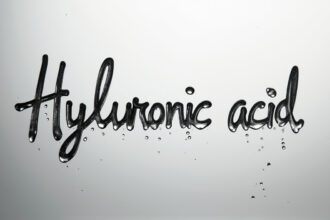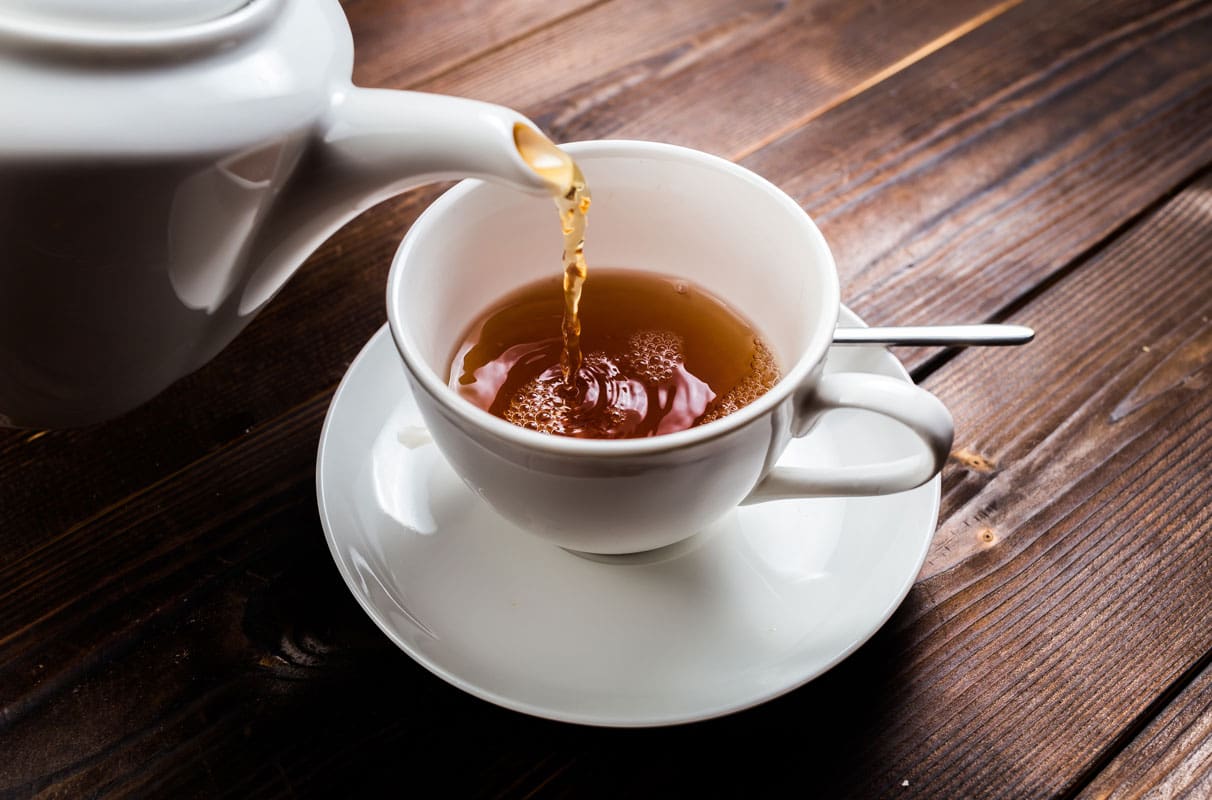By Muscle Media
Tea is one of the most popular after food drinks in the world, but still very few people are aware that there are four inherently different flavors and types one can find in every supermarket. Each is made out of different ingredients and each has its advantages and disadvantages. I will explain. What you should always remember is that there are only four types.
Types of tea
1) Black
2) Green
3) White
4) Oolong
All these are made from the leaves of the Camellia sinensis, also known as the tea plant. Other herbal infusions such as chamomile, ginger or red made of rooibos leaves are disqualified since the tea plant is not involved in their making. The difference between the four variations lies in the process of making them. In addition, each type has another flavor and various health benefits.
1) Black
The strong flavored burnt Sienna colored hot beverage is the most popular type in the West. Either served with a squeeze of lemon or added milk and a cube of sugar, the cup of black tea is part of daily ceremonies that take place worldwide. It is made of heavily oxidized Camellia sinensis leaves. When served plain, it contains no calories, carbohydrates, or fats. A cup contains more caffeine than any other types of tea but less than in any cup of coffee.
2) Green
The lightly oxidized tea has been popular in China, Japan and Korea for centuries. Recently, rumors on its health benefits increased its popularity in the West as well. It has been proven that drinking green tea can lower cholesterol, prevent cancer, increase metabolic rates and be helpful in variety of other conditions and illnesses. It is lightly oxidized, dried, but not fermented. Without sugar or milk, it is usually served plain. Since some of the variants taste a bit bitter, it should be brewed in lower temperature than the boiling point.
3) White
This one is rarer and more expensive than the other types mentioned above. Originated in the Fujian province of china, it is made of young Camellia sinensis leaves, which go through a long process of steaming or frying, inactivate fermenting and drying. Since the leaves are harvested while the buds are still covered by white hair, it is called white tea. It has the most delicate, sweet taste than the other types. Moreover, it contains the smallest amount of caffeine and the largest amount of antioxidant that help prevent cancer.
4) Oolong
This is the common companion of Chinese foods such as dim sum and chop suey in American Chinese restaurants. The oolong tea, black dragon in Chinese, got its name after its long, dark distinguished leaves that look like wild black dragons when brewed. The unique taste is achieved by a long process that includes sun drying of the Camellia sinensis leaves, light oxidization, cooling and drying processes. The result is a lighter flavor than the popular black tea and stronger than the delicate green tea.







